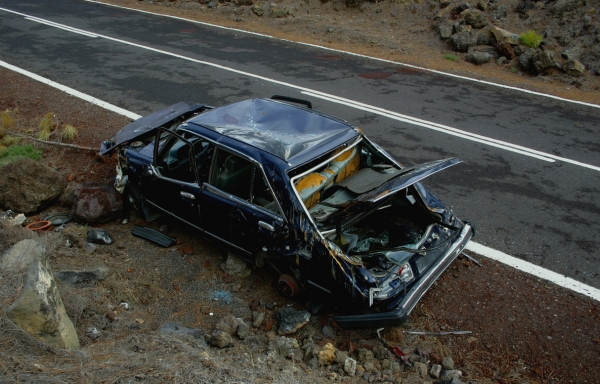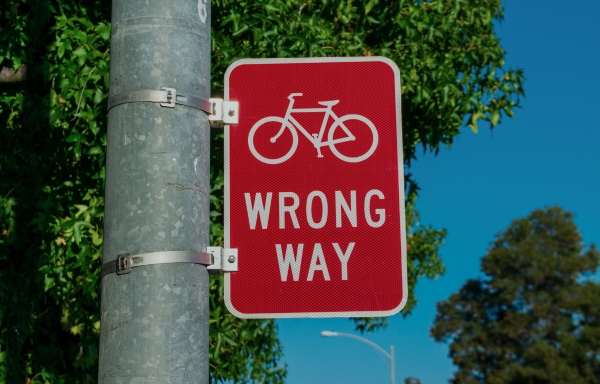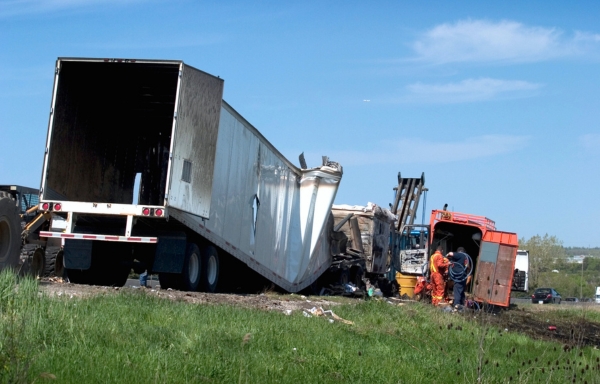Stop Sign Obstruction: True or False?

Case Summary: A motorcycle was traveling southbound on a two-lane, two-direction roadway approaching a T-intersection with a four-lane roadway. The motorcycle operator (Plaintiff) failed to abide by the posted stop sign prior to entering the four-lane roadway and was subsequently involved in a collision with a westbound vehicle.
Plaintiff testified that he was traveling at the posted speed limit of 35 mph as he approached the intersection, however, he did not see the stop sign until the last instant because it was obstructed by tree branches. Plaintiff was adamant that, upon perceiving the stop sign, he did not have sufficient time or distance to stop before entering the four-lane roadway.
Plaintiff filed suit against the state, as the governing authority of the roadway, and the owner of the property where the subject tree was located. While there was no history of collisions or complaints to indicate that the obstruction of the stop sign had previously existed, Plaintiff claimed it was a causal factor of the subject collision. The area where the collision occurred had reportedly changed by the time Plaintiff filed suit, and no “hard copy” (e.g., photographs or measurements) data was provided to establish the existence or the extent of the alleged obstruction. To corroborate his claims of the stop sign’s obstruction, Plaintiff relied on testimony provided by other vehicle operators who had been traveling on the two-lane roadway just before the subject collision occurred.
Expert Analysis: DJS was retained by the defense to conduct an engineering analysis of the collision, primarily focused on the limited physical evidence which included a skid mark on the two-lane roadway leading up to the T-intersection. Plaintiff argued that the skid mark supported his testimony, showing that he had unsuccessfully tried to avoid entering the four-lane roadway by braking.
Engineering analysis of the skid mark established that the motorcycle was traveling at a speed of almost 50 mph when Plaintiff began to apply the braking, not 35 mph as he had testified. Further analysis confirmed that if he had been traveling at a speed of 35 mph upon perceiving the stop sign, there would have been sufficient time and distance for Plaintiff to react and stop his motorcycle ahead of the T-intersection. Therefore, the collision would not have occurred.
Result: The property owner’s defense argued Plaintiff failed to determine whether the obstruction had existed. The engineering analysis of the skid mark bolstered these arguments by highlighting the inconsistencies between the physical evidence and Plaintiff’s testimony. The jury found Plaintiff solely responsible for the collision.
DJS Associates’ Animation Department applies engineering principles to accurately illustrate technical concepts like Perception-Reaction Time. Visit DJS Associates’ YouTube channel for additional examples of courtroom demonstratives and forensic animations.
Justin P. Schorr, Ph.D.
Principal Collision Reconstruction Engineer
View all articles by Justin P. Schorr, Ph.D.

